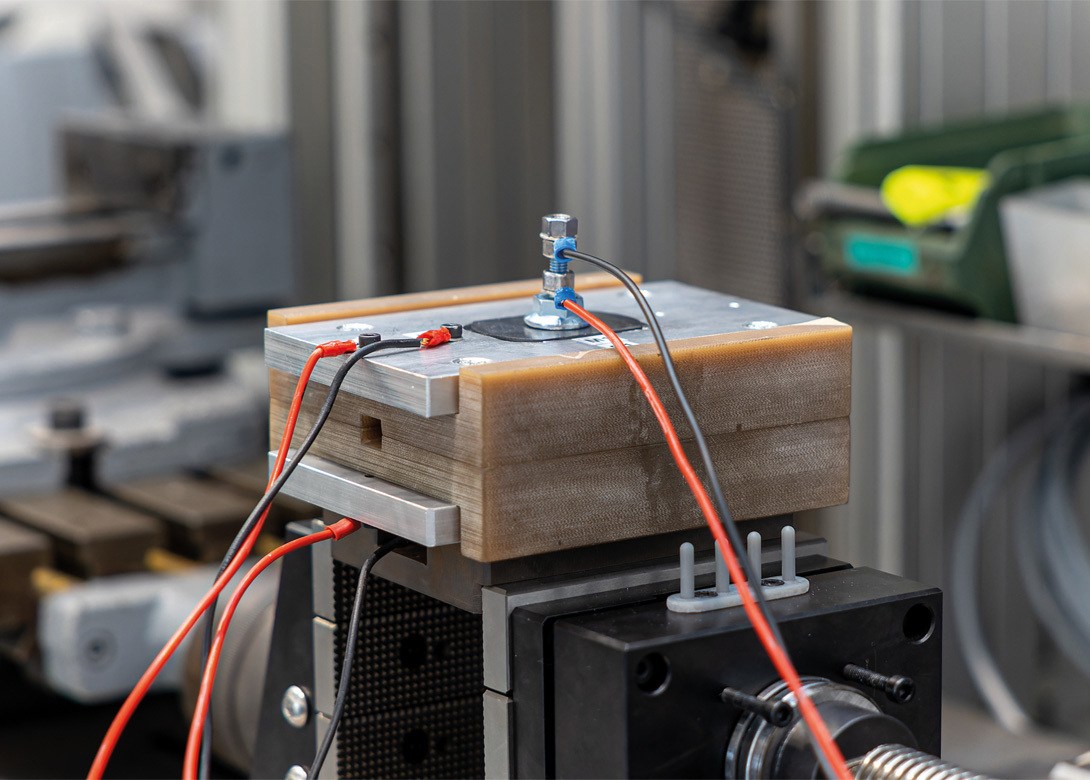
Agrati and Atotech have created a collaborative drive for an innovative test set-up for the conductivity measurement of coatings in bolted joints.
The rapid evolution of electric vehicles (EVs) is increasing the need for cutting edge advancements in technology. Among these, the conductivity of bolted joints emerges as a critical factor for both performance and safety, particularly in high voltage applications. To address the growing demands of the EV market, and fill the void in the international standards regarding bolted joints conductivity, a joint team from the Agrati Tech Center and MKS’ Atotech experts has been established.
The commitment of the joint venture, and to help face the challenges of the rising demand for EV components, was to design, develop and validate an innovative test set-up for conductivity measurement in bolted joints.
Test set-up design
The design of the test set-up takes a fresh approach, focusing on understanding the impact of coatings, counterpart material and clamping force on conductivity in bolted joints. This advanced method leads the way, providing a deeper understanding to optimise coating solutions tailored to the specific needs of the EV market.
The set-up is portable, adopting the four wire Kelvin measurement approach, enabling precise measurements, and provides multiple contact resistance measurements. It also measures conductivity versus clamping force and can change counterpart materials to simulate real applications.
Results and insights
Initial examinations and analyses conducted by means of this test set-up have shown promising results. To date, 62 coating systems have been tested, primarily focusing on electrodeposited systems of various chemistries. Zinc flake coatings have been also evaluated. Considering the capability of measuring multiple contact resistances, 3,500 pieces of data are available so far.
Engaging outcomes have emerged using this set-up, such as the impact of sealer composition on final conductivity performances. Interesting findings were also noted concerning black galvanic coatings and the low conductivity performances of zinc flake systems have been confirmed.
Conclusion
The collaborative efforts of Agrati Tech Center and the MKS’ Atotech Team have revealed valuable insights into the conductivity dynamics of bolted joints, setting the stage to achieve the best cost-effective compromise. Further trials are going on with clients for measurements on different materials like copper and aluminium, followed by conductivity evaluation after corrosion tests and aging.

Becca is the latest member to join our team and is eager to get stuck into the world of fasteners. She brings an enthusiastic and fresh outlook on what we do editorially and will be leading our social media activity – including sourcing material, editing articles and posting online.
Don't have an account? Sign Up
Signing up to FastFixTechnology.com enables you to manage your account details.